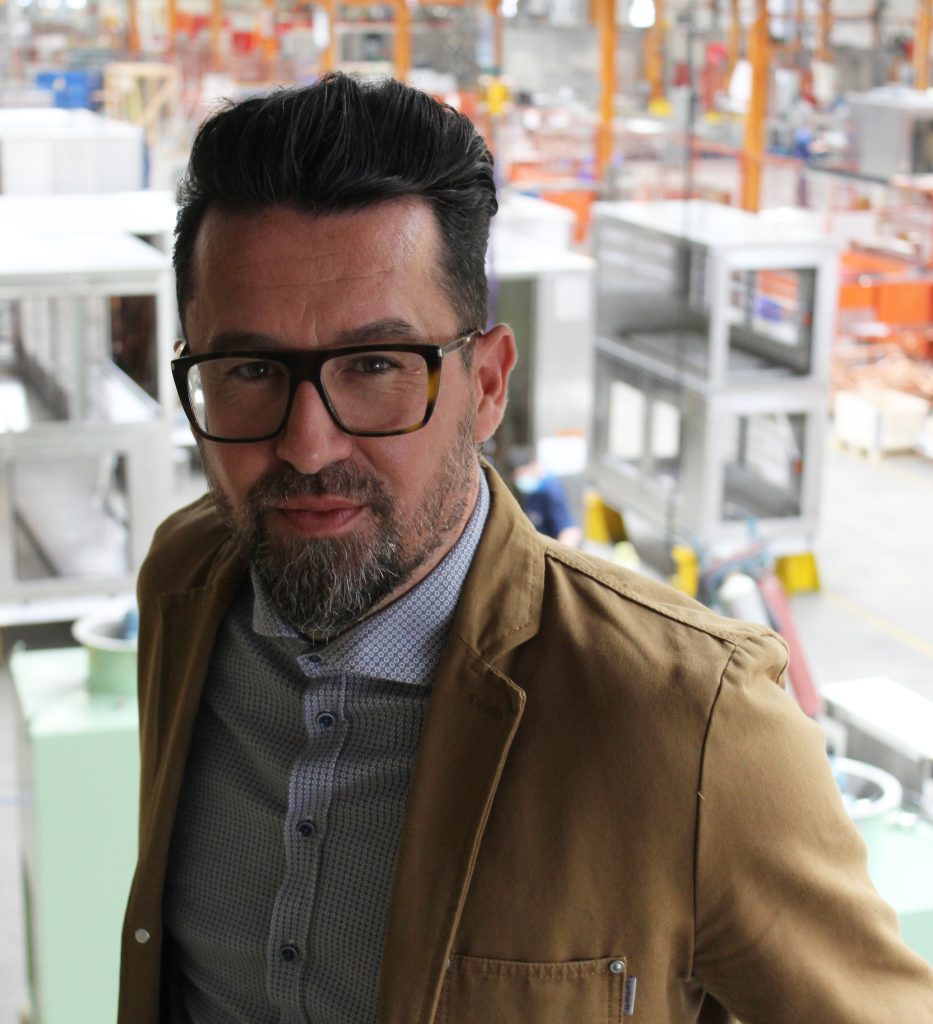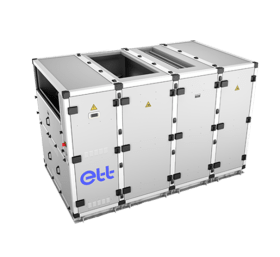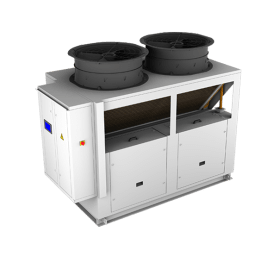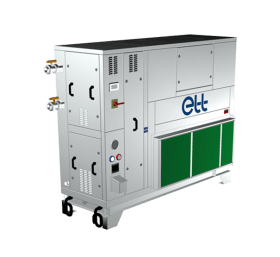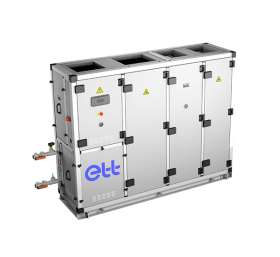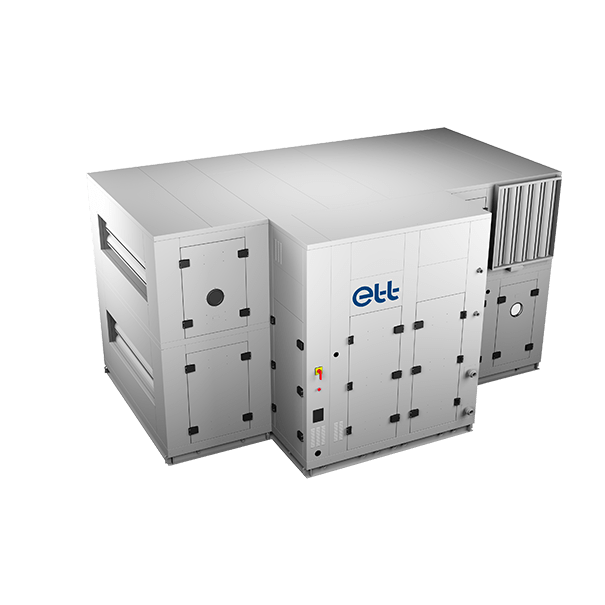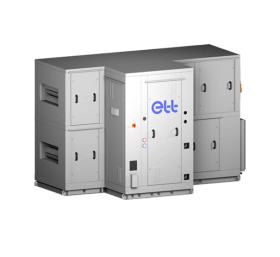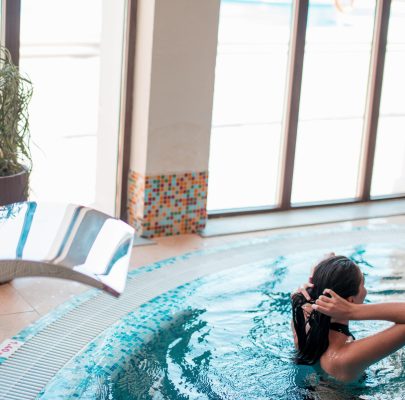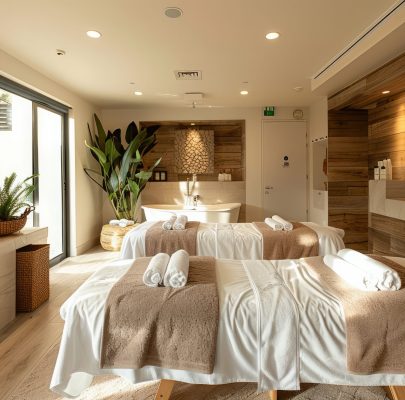Choosing ETT means choosing comfort for your swimming pool, energy efficiency and durability for your structures
An aquatic centre is a tertiary building (Establishment Open to the Public) subject to numerous issues and technical constraints that need to be taken into consideration.
Pool comfort:
The special feature of a pool hall is that it is able to provide a sense of well-being for both wet people (bathers) and dry people (lifeguards, spectators). Whether you're dry or wet feels completely different, because water evaporates from your skin.
A comfort zone common to all users is then defined, whatever the season.
The ETT control system, specially developed for swimming pools, adapts perfectly to this constraint by operating in the common comfort zone (14 and 16 g/kgas) and regulating directly on the water weight setpoint.
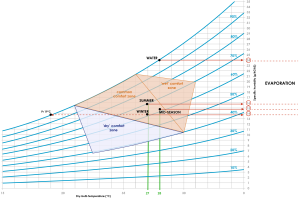
Air quality is the second most important aspect of a Pool Hall, as it limits as far as possible the presence of trichloramines, which are responsible for irritation of the eyes and throat.
Firstly, effective water treatment and cleanliness of bathers will be essential to limit evaporation of this molecule as much as possible. On the other hand, correct sizing of the ETT dehumidifier's fresh air flow rates can limit the undesirable effects on all users.
A ‘Dechloraminator’ function is available on our remote box, to switch the system to ‘Fresh Air’ for a set period of time.
Energy efficiency:
A swimming pool is often the most energy-intensive building for a local authority.
Controlling energy costs is a major issue these days.
Air handling alone accounts for 40-60% of the site's energy consumption.
Each project is unique in terms of its objectives, geography and architecture. ETT takes all energy considerations into account when sizing its dehumidification units.
The durability of the work:
To ensure optimum performance over time, it is essential that the interior conditions are right
ETT regulation will prevent any risk of condensation on the walls, thereby preserving the building envelope and structure.
This must comply with the state of the art in terms of thermal insulation and airtightness.
ETT's solutions for meeting the aeraulic and economic challenges of swimming pools include various functions:
An essential function in swimming pools, it removes a large proportion of the water vapour generated by evaporation in the pools, which is detrimental to user comfort.
The purpose of this function is to use outside air to cool a room when conditions are favourable.
Heat exchangers are frequently used to preheat fresh air. ETT offers a wide range of technologies, including plate, rotary, heat pipe and glycol water heat exchangers.
Adapted to corrosive environments, ETT machine components can have specific coatings for saline and sulphurous environments, such as varnished piping and brazing, titanium and insulated water exchangers, heresite-coated battery protection, etc.
The operator must ensure that his equipment does not generate any particular noise which, by its duration, repetition or intensity, is detrimental to the peace and quiet of the neighbourhood.
ETT has a wide range of technical solutions to combat noise pollution from air handling systems.
Dimensional constraints are very often the source of integration difficulties when replacing existing equipment.
ETT's strength lies in its ability to offer completely customised machines that fit in with their environment.
ETT has developed a remote supervision tool integrated into their machines. The aim is to provide operators with monitoring capabilities for their machines, and to enable ETT to provide fast and reliable expertise. Other services are also integrated.
Your project ?
New build
Refurbishment
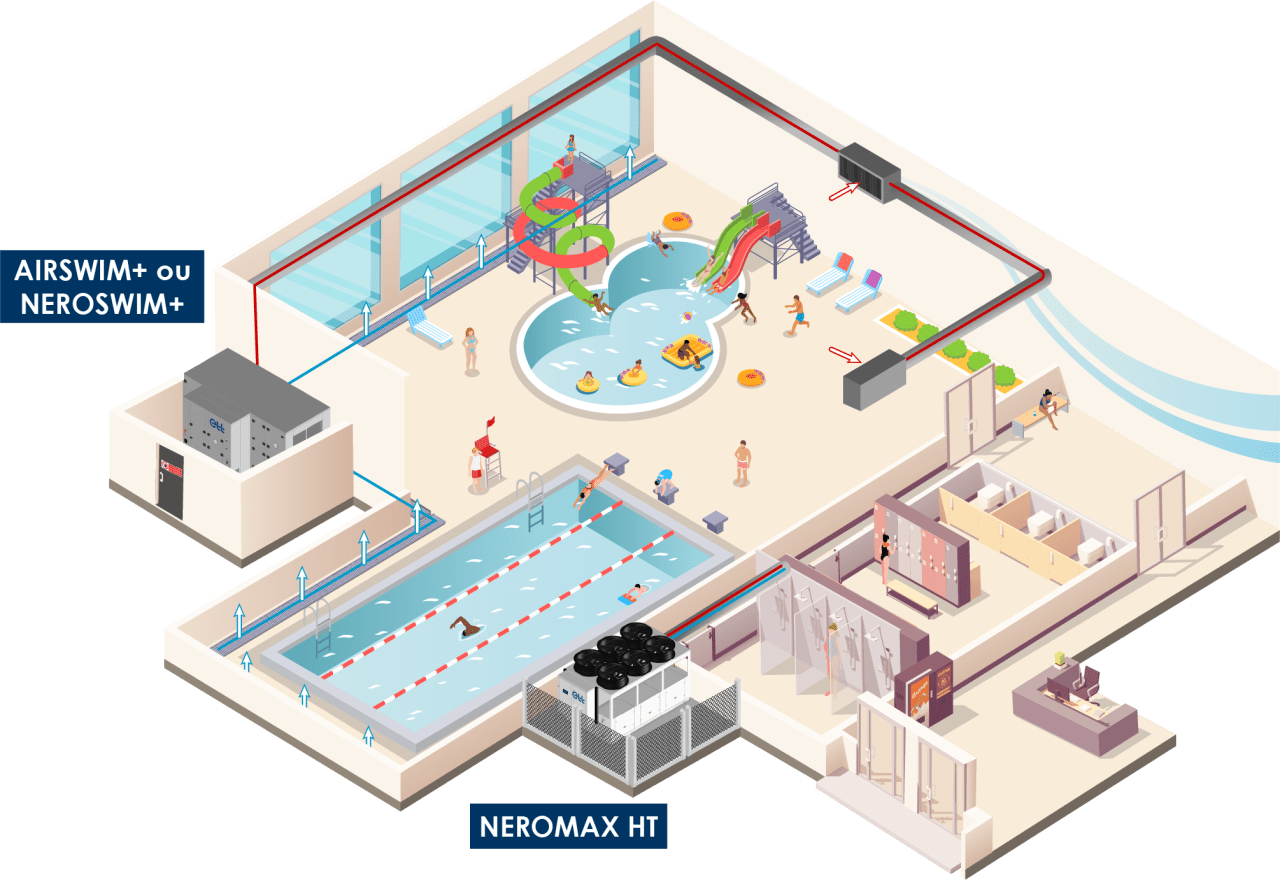
Dedicated solutions
Need support for your existing installation?
Expertise dedicated to the pool market
The swimming pool market has evolved considerably in recent years, focusing on real specialists. ETT's organisation and expertise mean that we are now recognised as such. ETT works with all the players in this market, contributing to the renovation of ageing facilities and the construction of new sites, with the aim of ensuring the long-term viability of installations and making sites as energy-efficient as possible.
ETT supports its customers from the project design stage through to energy monitoring of its systems.
ETT is also a technical partner of the French Swimming Federation.
Regulations
Public swimming pools are mainly subject to health regulations relating to water treatment.
Air flow rates are calculated on the basis of their dehumidification capacity.
However, the 60 m3/h of fresh air per occupant must be complied with.
